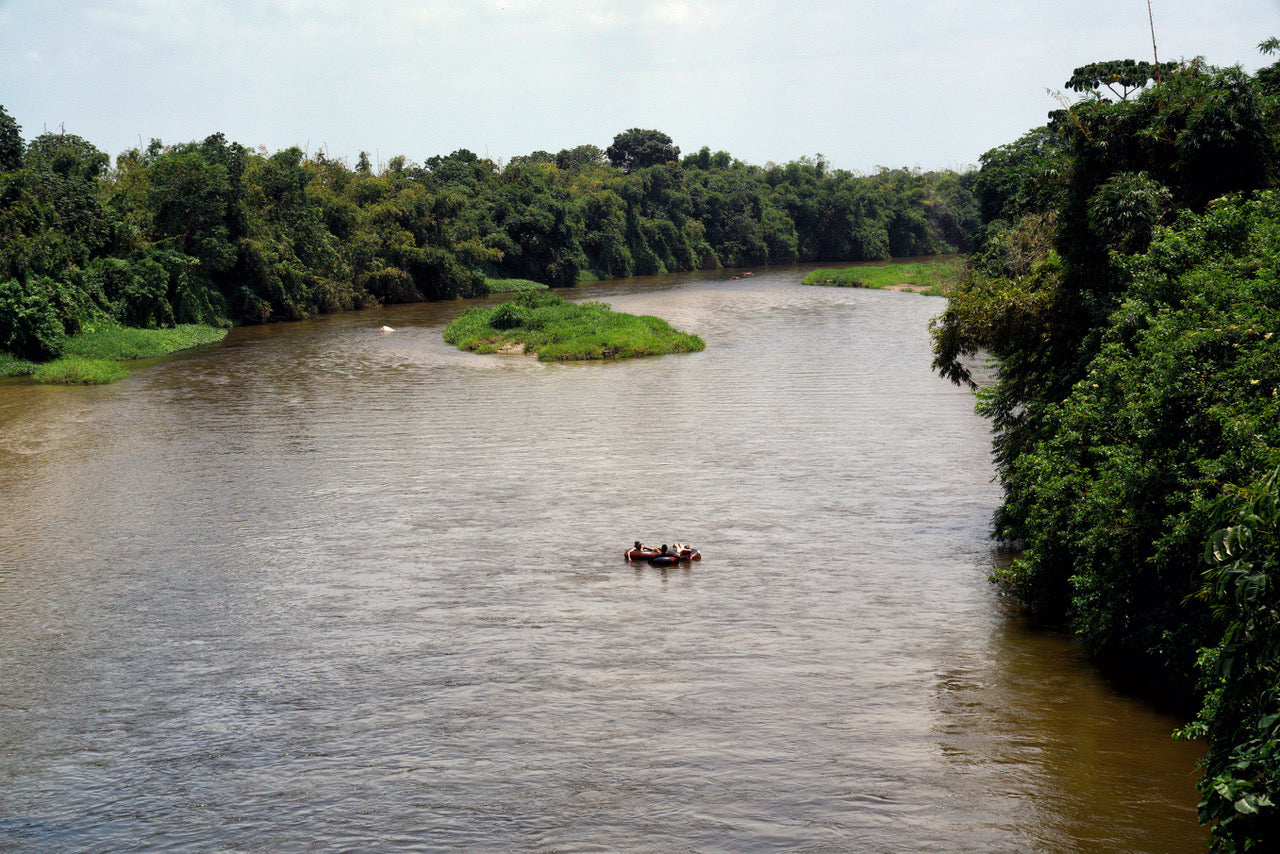MASTER OF CRAFT
WOVEN WITH DESIRE
PALOMINO, COLOMBIA
Scroll to explore
The Story
IN CONVERSATION WITH MAMO FERDINAND
KOGI CHIEF NEAR PALOMINO, COLOMBIA
Mamo Ferdinand is a Kogi village chief living in the Sierra Nevada de Santa Marta mountains of Northern Colombia. The Kogi tribe are the most secluded tribe of Colombia’s remaining indigenous communities, living at one with the land and in total dedication to helping restore the human bond with Mother Earth through endless acts of tribute and offerings as protection. The nearest Kogi settlement is nearly two hours into the steep jungle mountain terrain and requires special permissions, often including the examinations of your energy and intentions through deep eye gazing, to enter their land. Every act of their life is deeply intentional, including the creation of their mochila bags, traditionally made from the natural dyed fibers from the maguey plant, more commonly known as fique.
Our
MAMO FERDINAND, KOGI CHIEF
way of life
in accordance with what the
Earth desires.

S+O — SHARE WITH US A LITTLE ABOUT THE KOGI WAY OF LIFE.
Ferdinand — Our way of life is in accordance with what the Earth desires. We spend our time paying tribute to nature in order to prevent the punishment of droughts, diseases and natural disasters that would impact our way of life. Since the arrival of the Spanish settlers many of our animals have disappeared and some are even spoken to be extinct. Land is cleared without Mother Earth’s permission. All of these actions for us Kogi is wrong, because Earth is the source of life. We believe that Earth created us to take care of it and balance it spiritually with our offerings. We give thanks for elements which are as important as the water because without it we cannot live. It’s an honor to belong to the group of people who devote their lives to care for and protect the Earth.



S+O — HOW IS KNITTING AN INTEGRAL PART OF KOGI TRADITION?
Ferdinand — Mother Earth left the fibers to use for our weavings. These fibers have a completely natural extraction process that starts when our men extract the silk from the maguey plant.
The role of mochila was given to women when the world was created, but men knit the hammocks. We learn to weave as children. Before now these were woven for use within our community only for carrying our belongings on our long journeys, but now we are able to sell these items as a means to support ourselves through trade with the outside world.



S+O — AND BEYOND TRADE, WHY IS THE ART OF WEAVING A DEEPLY PERSONAL EXERCISE FOR THE WEAVER?
Ferdinand — It’s a spiritual exercise, like a meditation. We believe that if a woman does not weave, she does not think. Because when someone weaves, their desires are woven into the mochila. The colors they choose are significant and have meaning, like red symbolizing the dawn of the morning or black having the positive association of protection. The bag carries positive thoughts of their family, husband, children and the other people they may be creating it for.


Credits
Photography by Victor Raison
Filming by Nelson David Guiterriez
Special Acknowledgments - The Kogi Tribe, Our Guide Nelson of the Arhuaco Tribe
The Objects
Exclusive Edition 024 Kogi Mochila
Perhaps the style of mochila most indicative of its ancient tribal roots, the Kogi mochila is made from fibers extracted from the fique plant and colored with natural dyes available in their natural surroundings in the Sierra Nevada de Santa Marta mountains of Northern Colombia.
The Destination
PALOMINO, COLOMBIA
Palomino is a seaside town meeting the foothills of the lush jungle mountains of the Sierra Nevada de Santa Marta where the most prominent of the indigenous Colombian tribes reside, including the Kogi and Arhuaco. While currently accommodating the intrepid traveler and backpack set, the natural beauty of the setting along with the mystical energy of the nearby tribal lands that offer easy accessibility and myriad accommodations will surely set the destination up to be the Goa or Tulum of Colombia.



